lecture1
- 格式:ppt
- 大小:3.39 MB
- 文档页数:21
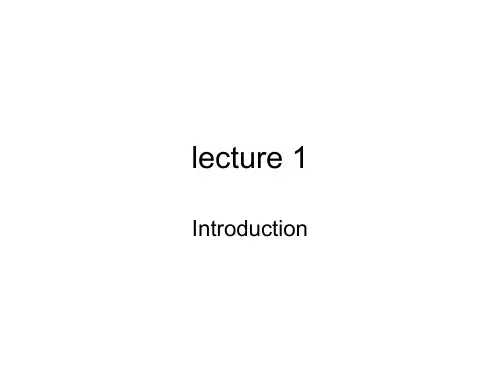
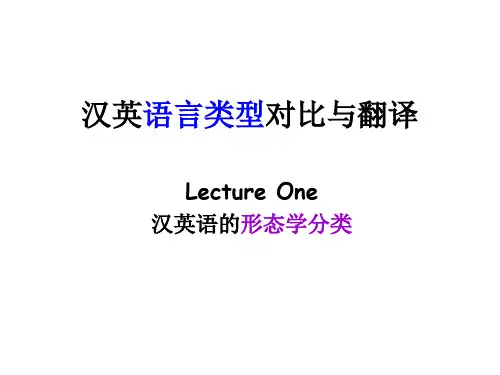

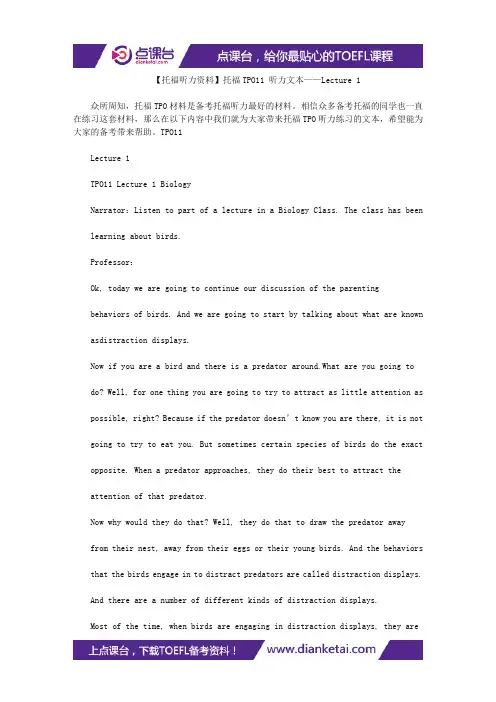
【托福听力资料】托福TPO11 听力文本——Lecture 1众所周知,托福TPO材料是备考托福听力最好的材料。
相信众多备考托福的同学也一直在练习这套材料,那么在以下内容中我们就为大家带来托福TPO听力练习的文本,希望能为大家的备考带来帮助。
TPO11Lecture 1TPO11 Lecture 1 BiologyNarrator:Listen to part of a lecture in a Biology Class. The class has been learning about birds.Professor:Ok, today we are going to continue our discussion of the parentingbehaviors of birds. And we are going to start by talking about what are known asdistraction displays.Now if you are a bird and there is a predator around.What are you going to do? Well, for one thing you are going to try to attract as little attention as possible, right? Because if the predator doesn’t know you are there, it is not going to try to eat you. But sometimes certain species of birds do the exact opposite. When a predator approaches, they do their best to attract theattention of that predator.Now why would they do that? Well, they do that to draw the predator away from their nest, away from their eggs or their young birds. And the behaviors that the birds engage in to distract predators are called distraction displays.And there are a number of different kinds of distraction displays.Most of the time, when birds are engaging in distraction displays, they aregoing to be pretending either that they have an injury or that they’re ill orthat they’re exhausted. You know something that’ll make the predator think: Ah…here is an easy meal.One pretty common distraction display is what’s called the broken-wingdisplay. And in a broken-wing display, the bird spreads and drags a wings or its tail, and while it does that, it slowly moves away from the nests. So it really looks like a bird with a broken wing. And these broken-wing displays can be pretty convincing.Another version of this kind of distraction display is where the birdcreates the impression of a mouse or some other small animals that’s running along the ground. A good example of that kind of display is created by a bird called the purple sandpiper.Now what’s the purple sandpiper does is when a predator approaches, itdrags its wings but not to give the impression that its wing is broken but to create the illusion that it has a second pair of legs. And then it raises its feathers, so it looks like it’s got a coat of fur. And then it runs along the ground swerving left and right, you know like it’s running around little rocks and sticks. And as it goes along, it makes this little squealing noise. So froma distance it really looks and sounds like a little animal running along theground trying to get away. Again to the predator, it looks like an easymeal.Now what’s interesting is that birds have different levels of performanceof these distraction displays. They don’t give their top performance, their prime time performance every time. What they do is they save their bestperformances, their most conspicuous and most risky displays for the time just before the baby birds become able to take care of themselves. And they time it that way because that’s when they’ll have made the greatest investment in parenting their young. So they are not going to put on their best performancejust after they laid their eggs, because they haven’t invested that much time orenergy in parenting yet. The top performances are going to come later.Now you have some birds that are quiet mature, are quite capable almost as soon as they hatch. In that case, the parent will put on the most conspicuous distraction displays just before the babies hatch, because once the babies are hatched, they can pretty much take care of themselves. And then you have others birds that are helpless when they hatch. In that case, the parent will save its best performances until just before the babies get their feathers.希望这些对你的托福备考有帮助,预祝大家托福考试能取得理想成绩。
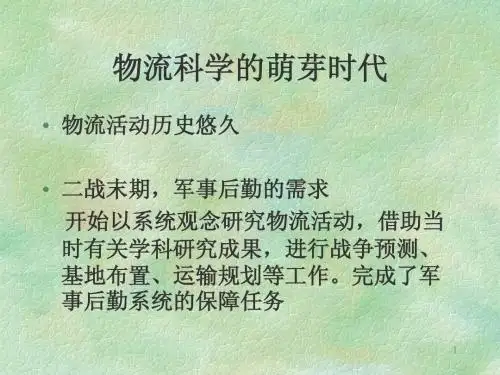



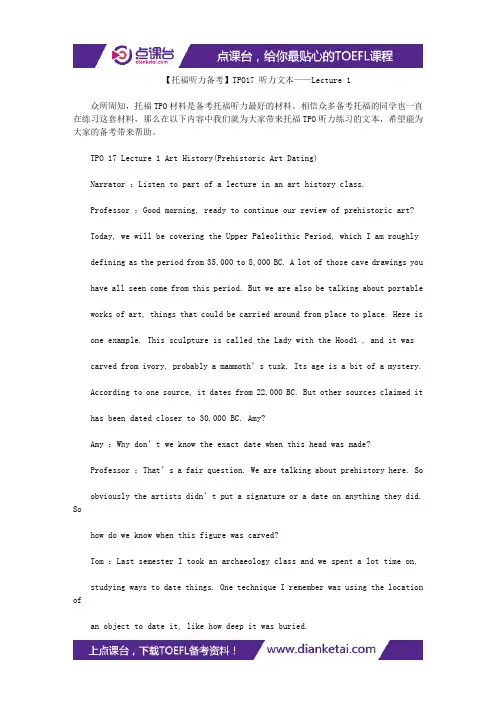
【托福听力备考】TPO17 听力文本——Lecture 1众所周知,托福TPO材料是备考托福听力最好的材料。
相信众多备考托福的同学也一直在练习这套材料,那么在以下内容中我们就为大家带来托福TPO听力练习的文本,希望能为大家的备考带来帮助。
TPO 17 Lecture 1 Art History(Prehistoric Art Dating)Narrator :Listen to part of a lecture in an art history class.Professor :Good morning, ready to continue our review of prehistoric art?Today, we will be covering the Upper Paleolithic Period, which I am roughlydefining as the period from 35,000 to 8,000 BC. A lot of those cave drawings youhave all seen come from this period. But we are also be talking about portableworks of art, things that could be carried around from place to place. Here isone example. This sculpture is called the Lady with the Hood1 , and it wascarved from ivory, probably a mammoth’s tusk. Its age is a bit of a mystery.According to one source, it dates from 22,000 BC. But other sources claimed ithas been dated closer to 30,000 BC. Amy?Amy :Why don’t we know the exact date when this head was made?Professor :That’s a fair question. We are talking about prehistory here. Soobviously the artists didn’t put a signature or a date on anything they did. Sohow do we know when this figure was carved?Tom :Last semester I took an archaeology class and we spent a lot time on,studying ways to date things. One technique I remember was using the location ofan object to date it, like how deep it was buried.Professor :That would be Stratigraphy. Stratigraphy is used for dating portable art. When archaeologists are digging at a site, they make very careful notes about which stratum(strata), which layer of earth they find things in. And, you know, the general rule is that the oldest layers are at the lowest level. But this only works if the site hasn’t been touched, and the layers are intact. A problem with this dating method is that an object could have been carried around, used for several generations before it was discarded. So it might be much older than the layer or even the site where it was found. The stratification technique gives us the minimum age of an object, which isn’t necessarilly its true age. Tom, in your archaeology class, did you talk about radiocarbon dating?Tom :Yeah, we did. That had to do with chemical analysis, something to do with measuring the amount of radiocarbon that’s left in organic stuff. Because we know how fast radiocarbon decays, we can figure out the age of the organic material.Professor :The key word there is organic. Is art made of organicmaterial?Tom :Well, you said the lady with the hood was carved out of ivory. That ’s organic.Professor :Absolutely. Any other examples?Amy :Well, when they did those cave drawings. Didn’t they use, like chacoalor maybe colors, dyes made from plants?Professor :Fortunately, they did, at least some of the time. So it turns outthat radiocarbon dating works for a lot of prehistoric art. But again there’s aproblem. This technique destroys what it analyzes, so you have to chip off bits of the object for testing. Obviously we are reluctant to do that in some cases.And apart from that, there’s another problems. The date tells you the age of thematerial, say, a bone or a tree, the object is made from, but not the date when the artist actually created it. So, with radiocarbon dating, we get the maximum possible age for the object, but it could be younger.Ok, let’ s say our scientific analysis has produced an age range. Can we narrow it down?Amy :Could we look for similar styles or motives? You know, try to find things common to one time period.Professor :We do that all the time. And when we see similarities in pieces of art, we assume some connection in time or place. But is it possible that we could be imposing our own values on that analysis?Tom :I am sorry. I don’t get your point.Professor :Well, we have all kinds of pre-conceived ideas about how artistic styles develop. For example, a lot of people think the presence of details demonstrates that the work was done by a more sophisticated artist. While a lack of detail suggests a primitive style. But trends in art in the last century orso certainly challenge that idea. Don’t get me wrong though, analyzing the styles of prehistoric art can help dating them. But we need to be careful with the idea that artistic development occurs in a straight line, from simple to complex representations.Amy :What you are saying is, I mean, I get the feeling that this is like a legal process, like building a legal case, the more pieces of evidence we have, the closer we get to the truth.Professor :Great analogy. And now you can see why we don’t have an exact date for our sculpture, the lady with the hood.。
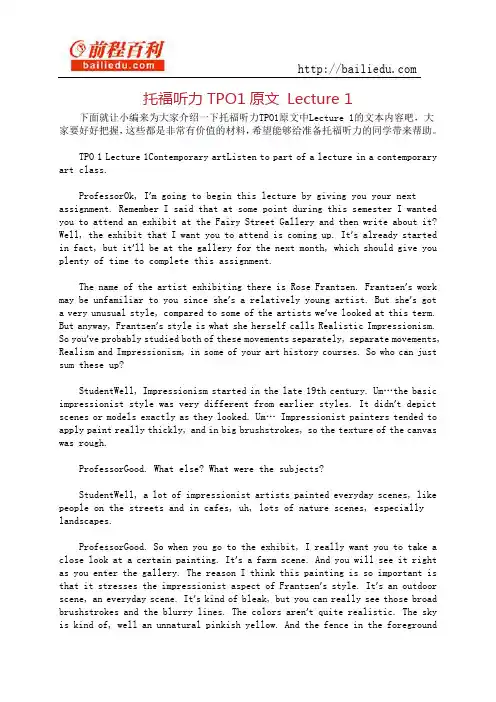
托福听力TPO1原文Lecture 1下面就让小编来为大家介绍一下托福听力TPO1原文中Lecture 1的文本内容吧,大家要好好把握,这些都是非常有价值的材料,希望能够给准备托福听力的同学带来帮助。
TPO 1 Lecture 1Contemporary artListen to part of a lecture in a contemporary art class.ProfessorOk, I’m going to begin this lecture by giving you your next assignment. Remember I said that at some point during this semester I wanted you to attend an exhibit at the Fairy Street Gallery and then write about it? Well, the exhibit that I want you to attend is coming up. It’s already started in fact, but it’ll be at the gallery for the next month, which should give you plenty of time to complete this assignment.The name of the artist exhibiting there is Rose Frantzen. Frantzen’s work may be unfamiliar to you since she’s a relatively young artist. But she’s got a very unusual style, compared to some of the artists we’ve looked at this term. But anyway, Frantzen’s style is what she herself calls Realistic Impressionism. So you’ve probably studied both of these movements separately, separate movements, Realism and Impressionism, in some of your art history courses. So who can just sum these up?StudentWell, Impressionism started in the late 19th century. Um…the basic impressionist style was very different from earlier styles. It didn’t depict scenes or models exactly as they looked. Um… Impressionist painters tended to apply paint really thickly, and in big brushstrokes, so the texture of the canvas was rough.ProfessorGood. What else? What were the subjects?StudentWell, a lot of impressionist artists painted everyday scenes, like people on the streets and in cafes, uh, lots of nature scenes, especially landscapes.ProfessorGood. So when you go to the exhibit, I really want you to take a close look at a certain painting. It’s a farm scene. And you will see it right as you enter the gallery. The reason I think this painting is so important is that it stresses the impressionist aspect of Frantzen’s style. It’s an outdoor scene, an everyday scene. It’s kind of bleak, but you can really see those broad brushstrokes and the blurry lines. The colors aren’t quite realistic. The sky is kind of, well an unnatural pinkish yellow. And the fence in the foregroundis blue, but somehow the overall scene gives an impression of a cold, bleak winter day on a farm. So that’s the impressionist side of her work.Oh, and speaking about farms, that reminds me. One interesting thing I read about Franzten is that when she first moved back to Iowa after living abroad, she often visited this place in her town called the Sales Barn. And the Sales Barn, it was basically this place where the local farmers bought and sold their cattle, their farm animals. And the reason Frantzen went there, and she later on would visit other places like dance halls, was to observe people and the ways that they moved. She really found that this helped her work---that it gave her an understanding of body movements and actions, how humans move, and stand still, what their postures were like, too.So, what about Realism? What are the elements of Realism we should be looking for in Frantzen’s work?StudentUm… real honest depictions of subject matter, pretty unidealized stuff, and pretty everyday subject matter, too.ProfessorGood. One other painting I really want you to look at is of a young woman surrounded by pumpkins. You will notice that the woman’s face is so realistic looking that it’s almost like a photograph. The woman’s nose is a little less than perfect and her hair is kind of messed up. This is realism. But then, the background of the painting, this woman with the pumpkins is wrapped in a blanket of broad thick brushstrokes, and, it’s all kinds of zigzagging brushstrokes and lines, kind of chaotic almost when you look at it close. And there are vibrant colors. There’s lots of orange, with little hints of an electric blue peeking out.I find Frantzen to be a very accessible artist. I mean, some artists, to appreciate them, you have to know their life story. But here’s a little bit about Rose Frantzen’s life anyway. She attended art school, but was told by one of her instructors that she was not good at illustration, that she should go into advertising instead. So she took advertising classes and fine arts classes too, until she was convinced by the head of an advertising agency that her work was really good, that she could be an artist. But of course, it’s not as easy as that, and so Frantzen had to paint other people’s portraits at places like art fairs just to make money to buy paint for her more serious art work. No matter what, she never stopped painting. And now, Frantzen is doing extremely well. And her work is being shown all over the country. So I think most of us would be discouraged if we had to face challenges and difficulties like that. But what’s important is that you keep at it that you don’t give up. That’s what is really important to remember.《当代艺术》独白:听一段节选自当代艺术课堂的讲座。

智 课 网 托 福 备 考 资 料托福听力TPO5学习笔记之lecture1-智课教育旗下智课教育以下是小编的托福听力TPO5学习笔记中关于lecture1的内容,针对难词注解、长难句分析以及考题对应考点这三大方面展开,仅供参考。
下面就让小编来为大家介绍一下这篇托福听力TPO5学习笔记的相关内容吧,这是小编的一些见解,以便帮助大家更加充分的理解TPO真题,希望能够给正在准备托福听力的考友们带来帮助。
一、难词注解Alligator n. 短吻鳄(产于美国及中国);短吻鳄皮革;鳄口式工具adj.鳄鱼般的;鳄鱼皮革的;鳄鱼皮纹的vi. 皱裂;裂开sewer n. 下水道;阴沟;裁缝师vt.为…铺设污水管道;用下水道排除…的污水vi. 清洗污水管twinkle n. 闪烁vt. 使闪耀;闪耀vi. 闪烁;发亮Meme 模因transmission n. 传动装置,[机] 变速器;传递;传送;播送Replicators n. [遗] 复制基因;重复符Fecundity n. [生物] 繁殖力;多产;肥沃mutation n. [遗] 突变;变化;转变二、长难句分析the whole point of defining this familiar process as transmission of memes is so that we can explore its analogy with the transmission of genes.将这种人们熟悉的过程定义为模因的传递的重点在于我们能够可以将它与基因的传递相类比。
难句类型:介词短语做定语,so that 句式难句拆分:the whole point of+介词短语,so that+句子三、考题对应考点6.A meme is defined as a piece of information copied from person to person. By this definition, most of what you know,ideas, skills, stories, songs are memes. All the words you know, all the scientific theories you’ve learned, the rules your parents taught you to observe, all are memes that have been passed on from person to person. 开头原则中的背景引入式,讲座开头举出两个例子,都是为了今天讲课的主题—meme,而memes that have been passed on from person to person,对应B选项7. "Well we’ve all heard this song. Where am I going with this? Well, both the song and the story are examples of memes"举例原则,当教授介绍完这两个例子之后,说了前面这句话,both the song and the story are examples of memes,所以答案选择C8.在教授介绍完meme的含义之后,说“By this definition, most of what you know, ideas, skills, stories, songs are memes. All the words you know, all the scientific theories you’ve learned, the rules your parents taught you to observe, all are memes”,By this definition看出是强调原则,所以答案是AD9. 教授之前举了一个alligator的例子,之后又提到"If you takethe alligator story, it can exist for a long time in individual memory, let’s say, my memory".说明她记住这个 alligatorstory很多年,所以选择B10. Fecundity is the ability to reproduce in large numbers. For example, the common housefly reproduces by laying several thousand eggs, so each fly gene gets copied thousands of times. Memes, well, they can be reproduced in large numbers as well. How many times have you sung the‘twinkle, twinkle song’ to someone? Each time you replicated that song, and maybe passed it along to someone who did not know it yet, a small child maybe.举例原则,For example,前后两个例子互相对比,所以选择D11.Other memes are replicated with higher fidelity though, like the twinkle, twinkle song. It had the exact same words 20 years ago as it does now. Well, that’s because we see songs as something that has to be performed accurately each time. If you change a word, the others will usually bring you in line. They’llsay, ‘that’s not how you sing it’, right?,结尾原则,当别人说错的是后你会改正,课件人们在传播时不会改变太多。